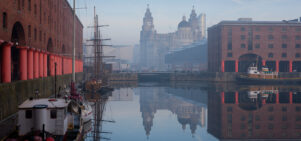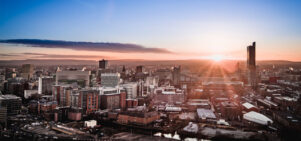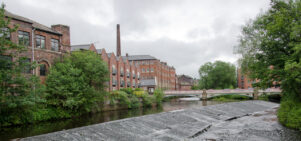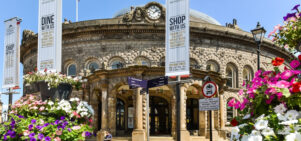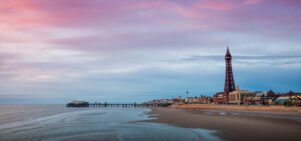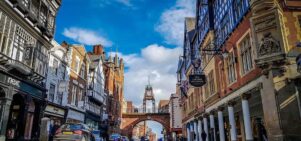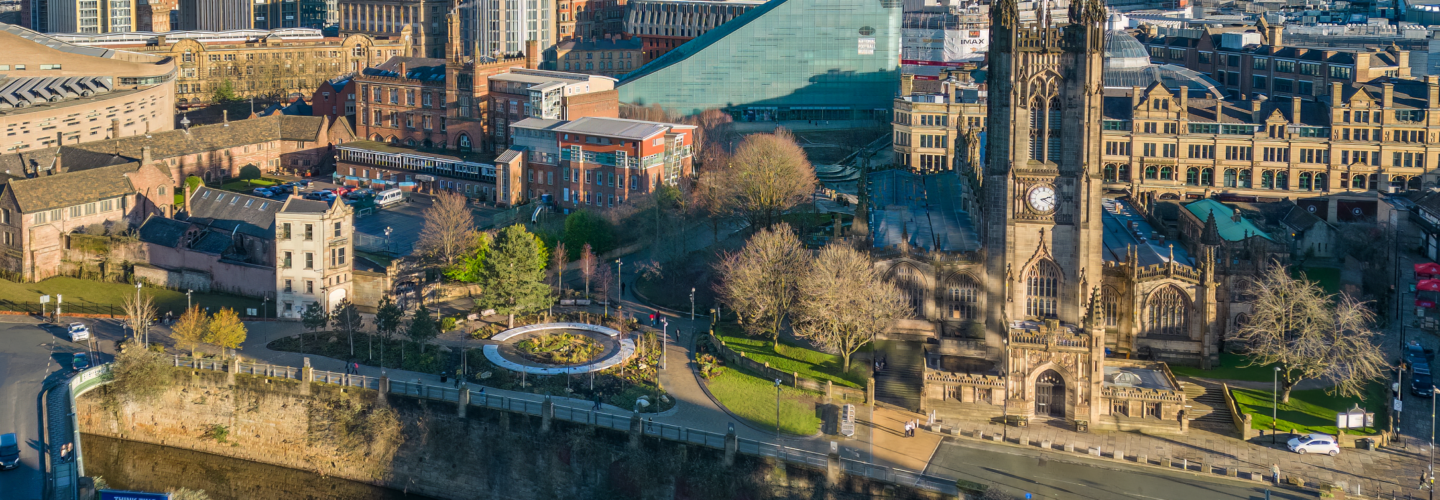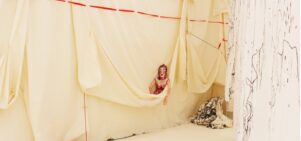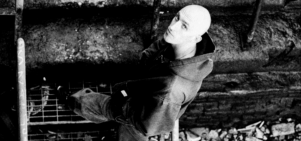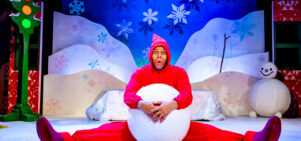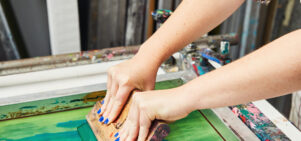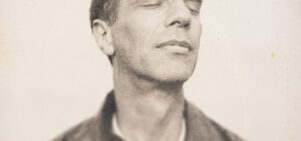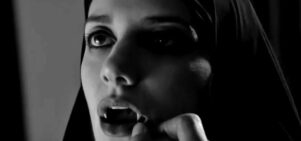The Negligent Eye exhibition: A reality check
Emma PalmerAn exhibition at Liverpool’s Bluecoat looks at what place humans might have in a new, digital future.
We have never been more visible. As our virtual presence expands and migrates beyond our control, issues around ownership and the ethics surrounding the distribution of information should be of concern – yet we are turning a blind eye. A new show at the Bluecoat, which focuses on printmaking but also features sculpture, video and multimedia work, historic prints and archive material, explores how artists are questioning the impact of digital technology on humans. The Negligent Eye raises the problem of identity in a world that is increasingly reliant on machines.
This is the first time that Jo Stockham (head of printmaking at the Royal College of Art) has curated a group show. Passionate about drawings and images, she has a self-confessed obsession with scanning because she’s “interested in the ways scans are a particular kind of translation that take many forms”. The exhibition presents visitors with over 20 artists – from known artists such as Rachel Whiteread and Cory Artangel to recent graduates – who have used various forms of scanning to touch on questions that cannot be neatly resolved. What is clear is that the artists, Stockham included, remain cautious about this technology.
In an exhibition about the effect of the digital on humans, the lack of a human presence is surprising
Artists are right to be wary. Not since the Industrial Revolution have changes to creative practice, process and production come so thick and fast. There’s undoubtedly a sci-fi feel to the evolution of scanning techniques, too: creating a lifelike replication of someone used to be possible only in science fiction, from the “replicants” in Bladerunner to the human-like robots in A.I. Yet with Google’s recent shopping spree, which as seen it collect leading robotic laboratories from around the world, the moment when man and machines will converge appears to be edging ever closer.
In an exhibition about the effect of the digital on humans, the lack of human presence within the show is, perhaps, surprising. Only eleven pieces include a figure – and, of these, just five include a human face. So Conroy/Sanderson’s installation shows a beam of light (representing the office scanner) that strobes across a face. It feels like its features should appear – eyes, nose, mouth – but they never do. The face remains blank. Elsewhere, two pieces by Marilène Oliver attempt to capture the human body, but the life-sized figures of her parents and a monstrous “copy and paste” sculpture of a person in motion instead generate an unnerving, ghostly presence within the exhibition.
Other artists have made use of scientific innovations, finding new ways to represent the body. Beatrice Haines’ microscopic scans of her grandmother’s gallstones and Helen Chadwick’s photographs of the Welsh Coast, overlaid with her own cellular tissue, hint at the person – but are ultimately non-identifiable. The most conspicuous example of this is Nicky Coutts’ photograph of Hieronymus Bosch’s religious painting The Vision of St Anthony, where Coutts has removed all figures, including St Anthony. Vanishing the patron saint of lost objects is an unsubtle nod to the disappearing body, but it’s also a stark moral warning – similar to the message of the original painting.
Given that the digital realm is a space in constant flux, it’s not surprising that the questions provoked by the artists throughout The Negligent Eye can’t yet be answered. What becomes apparent is the fact that the more information we share in the virtual world, the more we disappear from reality.


